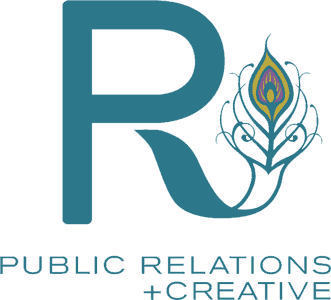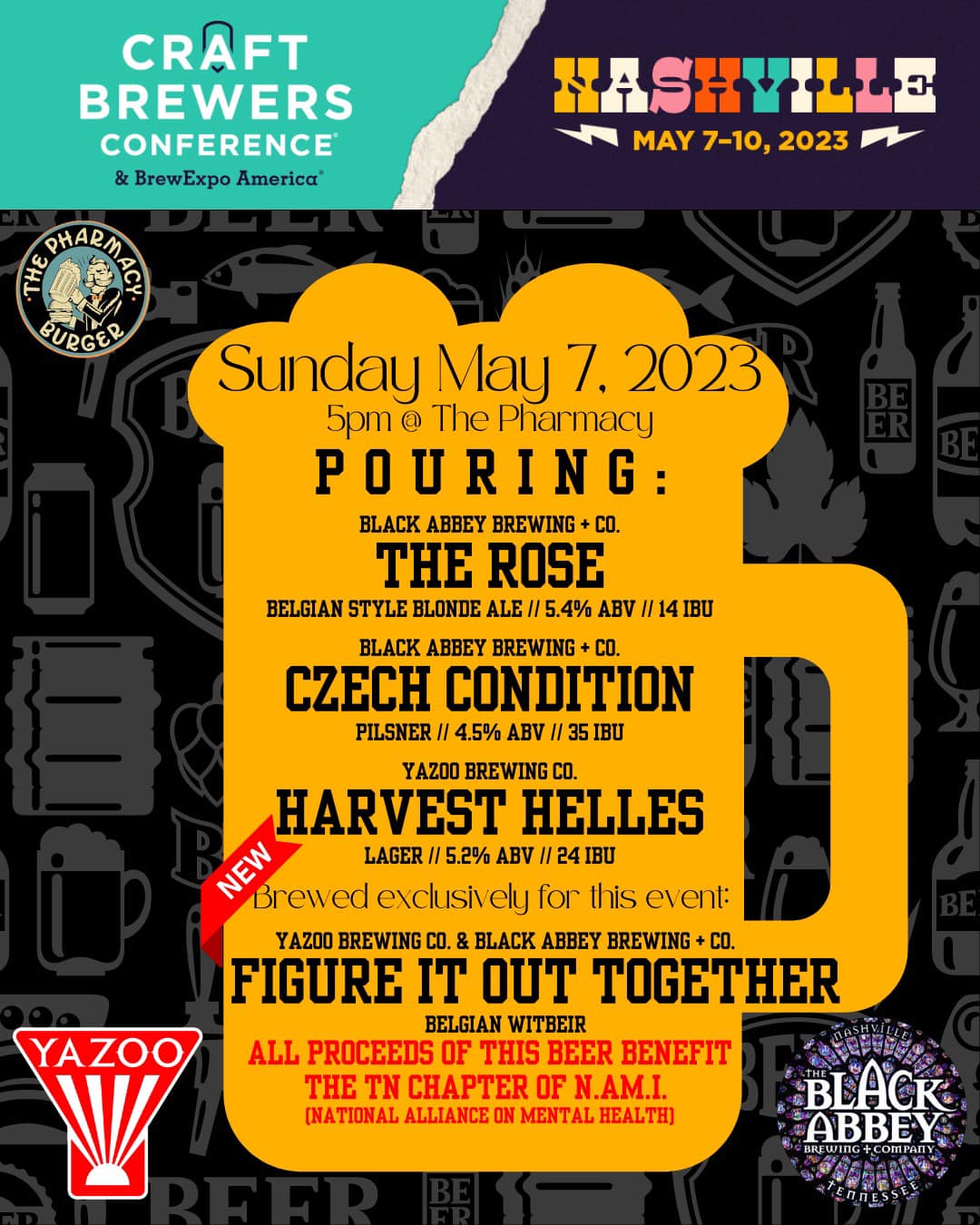R Public Relations Firm
The Impact of Press Release in 2023
Companies have used press releases as a tool to deliver updates about product launches, mergers, and other news for decades. However, in today's digital media landscape, press releases serve a far more critical purpose. Including press releases in your public relations (PR) strategy can help you build brand awareness and credibility and manage the narrative in times of crisis. So how does a press release impact business in 2023, and why is it still relevant? Read on to find out.

Why is a Press Release Important in PR Strategy Today?
In today’s competitive marketplace, you need more than a great product to succeed. A press release offers an effective way to communicate with your customers, build credibility, and help to control the narrative on controversial information. Here’s how press releases can impact your brand.
1. Build Brand Awareness
Today, one of the most important currencies in business is attention. The number of customers you can reach determines the sales you generate and how fast you build a formidable company. However, many competitors are also vying for your target audience's attention. Research from Cision has shown that 68% of businesses experienced improved visibility from publishing press releases, making it a good strategy for building visibility.
A press release is typically written by a company and distributed to journalists and news outlets with a good reputation and coverage in your industry. When this content is published, you can reach a wider audience than your regular followers on social media or website visitors. Occasionally, your news can go viral, which creates a bigger buzz for your launch, merger, or announcement of groundbreaking technology.
In addition, if your press release integrates the best SEO strategies, you will show up on search engine results for specific keywords, contributing to visibility and awareness for your brand. This is very important for small business owners and startups competing against more prominent brands as it helps them to gain more attention with a cost-effective approach.
2. Build Brand Credibility
Trust plays a vital role in how consumers interact with businesses today. A recent Edelman report shows that 81% of consumers will only buy from a brand they trust. With a press release, you can communicate your brand's value and good works and if it shows up in a reputable publication, you will gain even more trust. Why? Your consumers trust these publications to deliver verified news and credible brands. This is good for startups who want to gain market authority for their new product.
3. Establish Brands Authority

Press releases also help you to establish your brand as a thought leader. According to Cision's State of Press Release report, 36% of business owners who used press releases said it reinforced their market position as a thought leader. Edelman also reports that 48% of decision-makers say thought leadership can influence purchasing decisions. For startups and small businesses, establishing yourself as an expert helps to build authority in your industry. It’s also another way to gain customers' trust as they believe you can solve their problems and deliver on your promise.
4. Control the Narrative

Recently, deep fake technology has become a major driver for misleading information. It uses artificial intelligence to create videos that mimic the voice and faces of celebrities in an almost undetectable way. Besides the typical controversies a business might find itself in, deep fake technology increases the need for good reputation management. That's where the press release comes into the picture as a tool to control the narrative. For example, a deep fake video surfacing online with a top company executive making unsubstantiated claims can tank your stocks or business. You can quickly get ahead of this by publishing a press release to address the issue, take control, and leverage the publicity to promote your brand. This approach will prevent your business from losing partners and customers.
Getting Started Making Impact with Your Press Releases
Today, press releases for businesses do so much more than share news. They impact your brand’s visibility, credibility, authority, and overall reputation. If you aren't adopting this cost-effective public relations tool, you are missing out on the opportunity for growth.
To get started, you need a professional team with a proven track record of delivering effective press releases as part of a PR strategy for businesses. At RPR Firm, press releases are a cornerstone of the public relations strategies we create for our clients and include SEO and link-building to make them even more effective. Schedule a free consultation with us today to see how we can help you grow your business.










